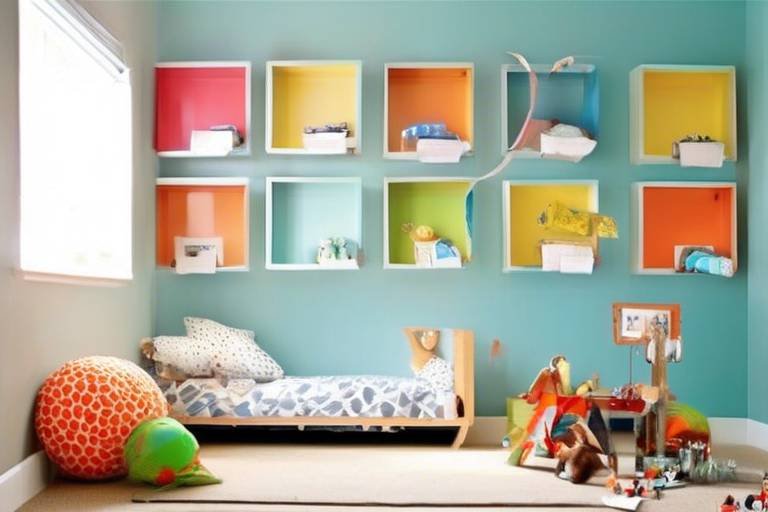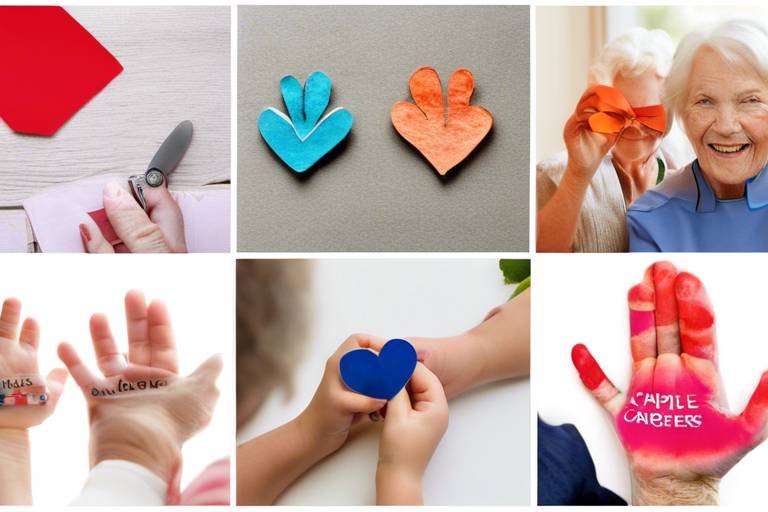How to Create a DIY Kids’ Science Experiment Kit
Creating a DIY Kids’ Science Experiment Kit is a fantastic way to spark curiosity and foster a love for learning in children. By assembling a kit filled with exciting experiments, children can engage in hands-on activities that make science fun and accessible. Let's dive into the step-by-step process of creating a science experiment kit that will ignite the young scientist's imagination!
First and foremost, gathering the necessary supplies is crucial to ensure a well-rounded kit that covers various scientific concepts. Items such as test tubes, magnifying glasses, safety goggles, and measuring tools are essential for conducting a wide range of experiments. By including a diverse selection of materials, you can offer children the opportunity to explore different scientific phenomena and enhance their understanding of the world around them.
When choosing age-appropriate experiments for the kit, it's essential to consider the child's interests and abilities. Selecting experiments that align with their curiosity and cognitive development will keep them engaged and excited about learning. Whether it's simple chemical reactions, basic physics principles, or fascinating biology concepts, tailoring the experiments to the child's age ensures a meaningful and enjoyable learning experience.
To enhance the usability of the kit, creating visually appealing instruction cards for each experiment is key. Clear, step-by-step instructions accompanied by colorful illustrations will help children follow along easily and understand the scientific processes involved. By providing detailed guidance, you can empower children to conduct experiments independently and develop their problem-solving skills.
Organizing the kit in a neat and accessible manner is essential for encouraging children to explore and engage with the experiments regularly. By arranging the supplies and instruction cards in a container or box, you create a dedicated space for scientific exploration that is easy to maintain and access. This organization fosters a sense of ownership and responsibility, encouraging children to take the initiative in conducting experiments.
Encouraging exploration and curiosity is at the heart of the DIY Kids’ Science Experiment Kit. By prompting children to ask questions, make observations, and draw conclusions, you stimulate their critical thinking and scientific reasoning skills. Creating a supportive environment where experimentation is encouraged allows children to learn through discovery and hands-on experiences.
Introducing children to STEM concepts through the science experiment kit opens up a world of possibilities and sparks an interest in science and technology. By exploring fundamental principles in chemistry, physics, and biology, children develop a strong foundation in STEM fields and cultivate a passion for scientific inquiry. The hands-on nature of the experiments makes learning engaging and interactive, laying the groundwork for future exploration and discovery.
Personalizing the science experiment kit with fun elements such as stickers, colorful labels, or a notebook adds a touch of creativity and excitement to the learning experience. Allowing children to customize their kits fosters a sense of ownership and investment in the experiments, making the scientific journey uniquely theirs. By incorporating personal touches, you make the learning process enjoyable and memorable for the child.
Sharing the joy of science with children through collaborative experiments creates lasting memories and strengthens the bond between adult and child. Engaging in scientific exploration together fosters a love for learning and discovery, instilling a sense of wonder and curiosity in both parties. By participating in hands-on activities and discussions, you create a shared experience that promotes learning and growth in a fun and meaningful way.
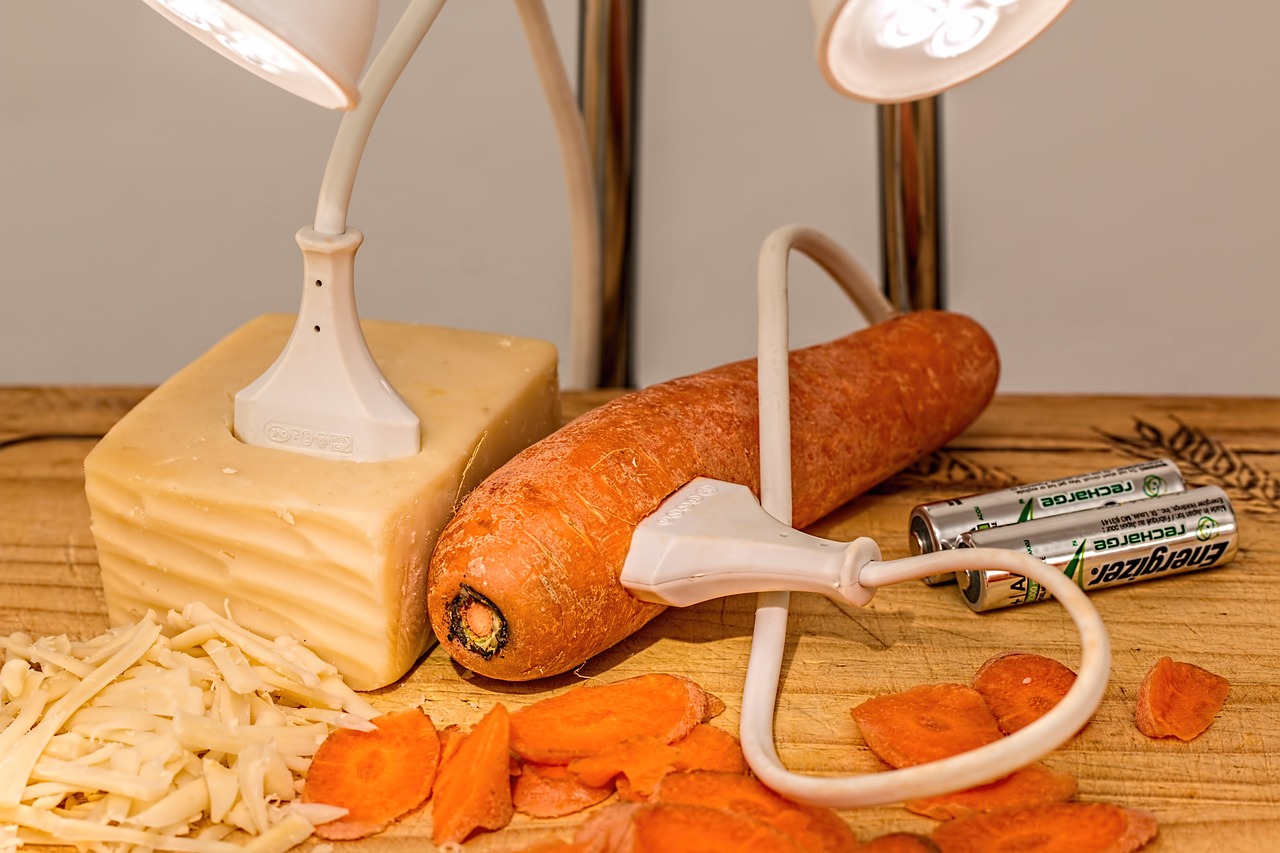
Gathering Supplies
When it comes to creating a DIY kids' science experiment kit, the first step is gathering all the necessary supplies. This process sets the foundation for a fun and educational experience that will spark curiosity and excitement in young minds. To ensure a well-rounded science kit for kids, it is essential to collect a variety of materials that cater to different aspects of scientific exploration.
Start by including basic lab equipment such as test tubes, beakers, magnifying glasses, and safety goggles. These tools not only make the experiments more engaging but also teach children about laboratory safety and proper scientific practices. Additionally, consider adding common household items like baking soda, vinegar, food coloring, and balloons to conduct simple yet fascinating experiments.
Organizing the supplies in an accessible and visually appealing manner is key to maintaining children's interest and enthusiasm. You can use a sturdy container or a colorful box to store the materials neatly. Labeling each item with clear and descriptive tags can help kids identify and learn about the different components of their science experiment kit.
Moreover, don't forget to include measurement tools like rulers, measuring cups, and thermometers to introduce children to the concept of precision and accuracy in scientific experiments. By providing a diverse range of supplies, you can cater to various interests and learning styles, ensuring that every child finds something exciting to explore in the world of science.
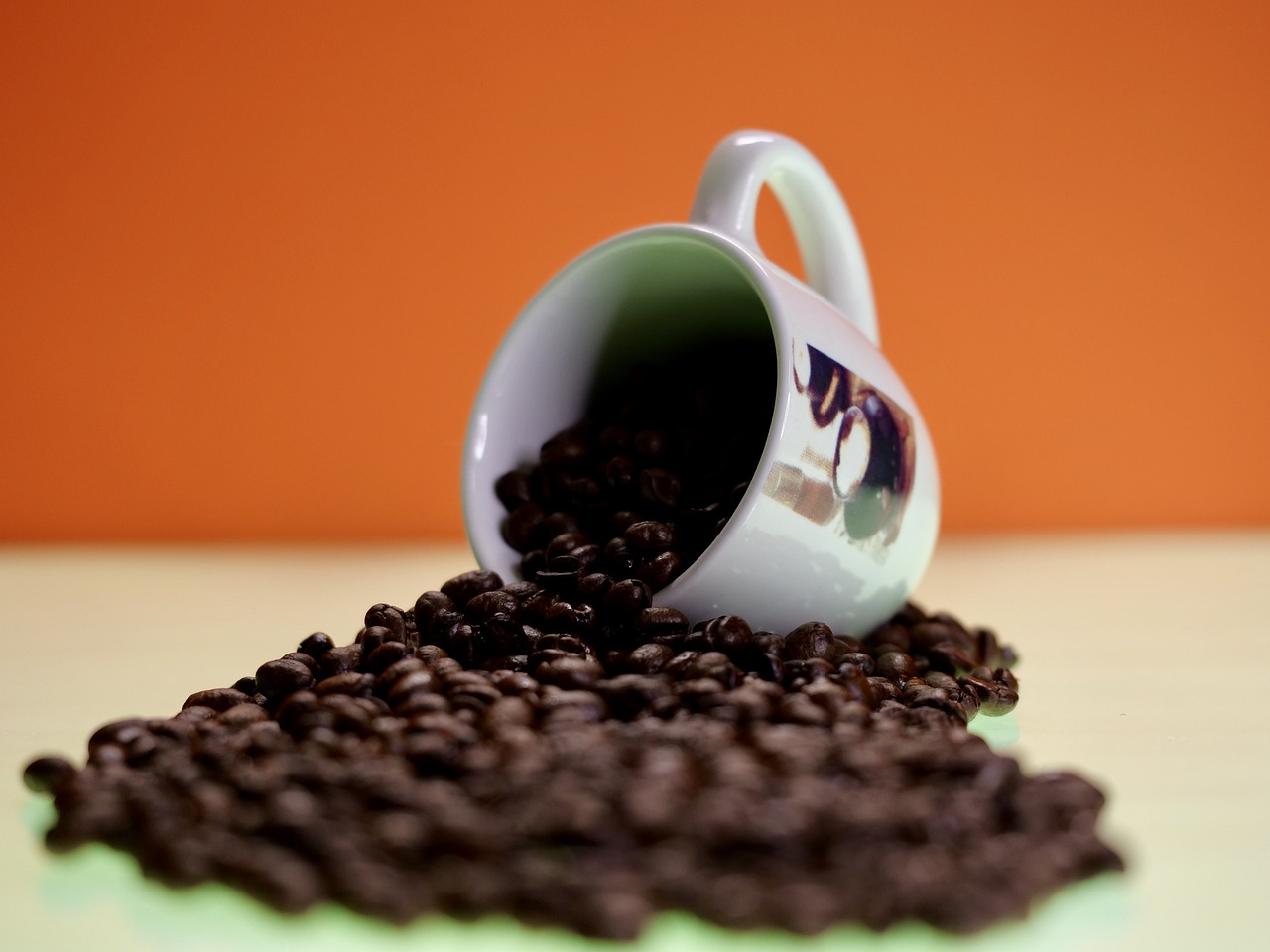
Choosing Age-Appropriate Experiments
When it comes to choosing age-appropriate experiments for your DIY kids' science experiment kit, it's essential to consider the child's developmental stage and interests. Selecting experiments that are engaging, safe, and educational can ensure a meaningful learning experience for the young scientist in the making.
One approach to selecting experiments is to categorize them based on age groups. For younger children, simple experiments involving basic concepts like color mixing or magnetism can be both entertaining and educational. As children grow older, more complex experiments that delve into scientific principles such as chemical reactions or simple machines can spark their curiosity and deepen their understanding of the world around them.
It's also important to take into account the child's interests and preferences when choosing experiments. For example, a child who loves animals may enjoy experiments related to biology and ecosystems, while a budding engineer may be fascinated by experiments that explore physics and engineering concepts.
Additionally, considering the child's prior exposure to science and their comfort level with hands-on activities can help tailor the experiments to their skill level. By choosing age-appropriate experiments that align with the child's abilities and interests, you can create a science kit that not only educates but also entertains and inspires young minds.

Creating Instruction Cards
When it comes to creating instruction cards for your DIY kids' science experiment kit, you want to ensure that they are not only informative but also visually engaging. These cards play a crucial role in guiding children through the scientific process, making the experiments easy to follow and understand.
One effective way to craft instruction cards is to use a combination of text and illustrations. Visual aids can help children grasp the steps more easily and make the whole experience more enjoyable. Consider using colorful diagrams or simple drawings to complement the written instructions.
Additionally, it's essential to keep the language on the instruction cards simple and clear. Use short sentences and bullet points to break down each step of the experiment. This way, children can easily follow along and stay engaged throughout the process.
Another tip is to include explanations for the scientific concepts behind each experiment. This not only enhances the educational value of the kit but also encourages children to think critically and understand the science behind the fun activities.
Consider laminating the instruction cards to make them durable and reusable. This way, the cards can withstand any spills or messes that may occur during the experiments, ensuring that they can be used multiple times without getting damaged.
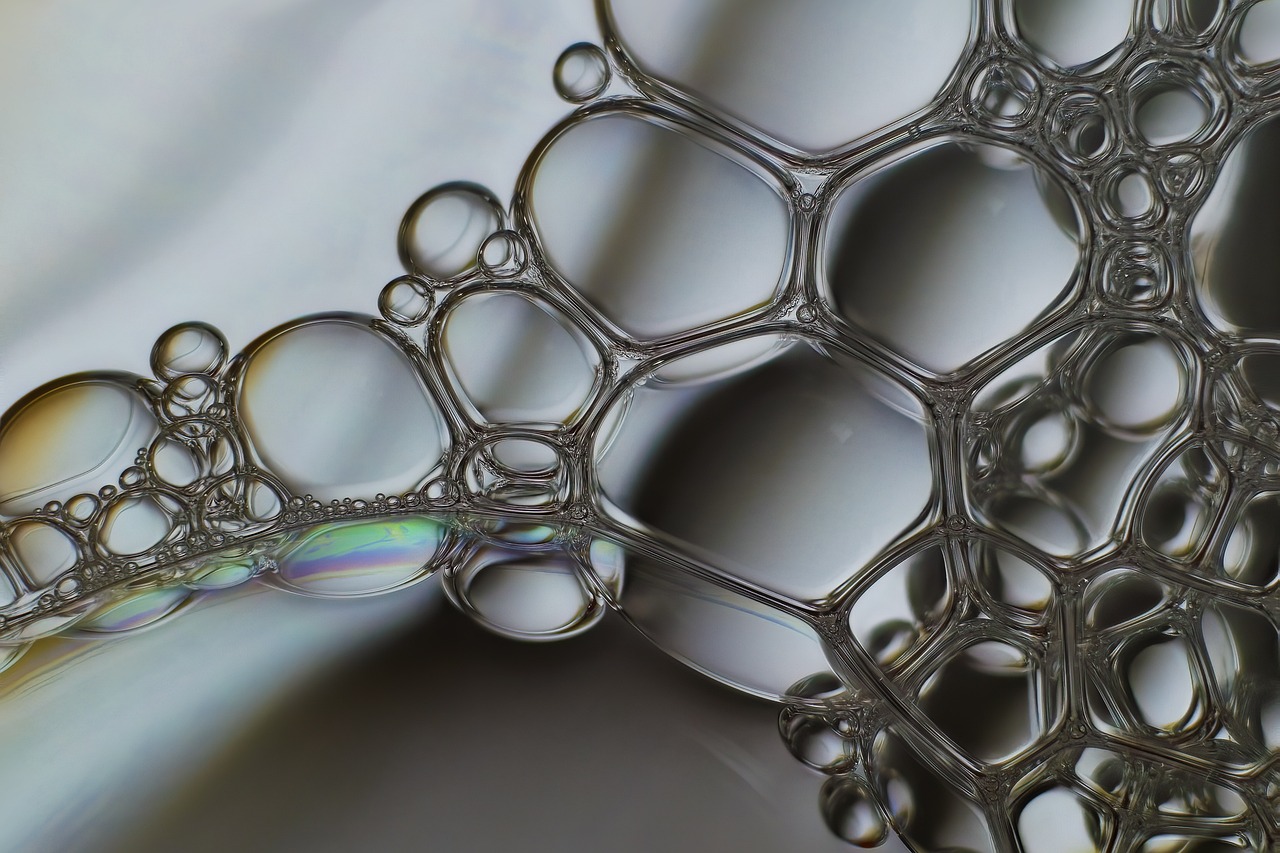
Organizing the Kit
Organizing the kit is a crucial step in ensuring that the DIY kids' science experiment kit is easily accessible and well-maintained for children to enjoy their scientific explorations. By arranging the supplies and instruction cards neatly in a container or box, you create a structured and organized setup that enhances the overall experience.
Consider using a clear plastic container with compartments or small boxes to store different materials such as test tubes, measuring spoons, or magnifying glasses. This not only keeps the items organized but also allows children to easily see and access each component when conducting experiments.
Additionally, labeling each section or box can help children identify the materials quickly and understand where each item belongs after use. Using color-coded labels or pictures can make the organization more visually appealing and engaging for kids.
Creating a designated space for instruction cards within the kit is essential. You can use a small folder or pocket attached to the lid or side of the container to store the cards, ensuring they are not misplaced and are readily available when needed.
To further enhance the organization of the kit, consider including a checklist of all the materials and experiments included. This checklist can serve as a quick reference guide for children to ensure they have all the necessary items before starting an experiment.
Remember, the goal of organizing the kit is to make the scientific exploration process smooth and enjoyable for children. By creating a well-structured setup, you enable kids to focus on the experiments, ask questions, and learn through hands-on activities without the hassle of searching for materials.

Encouraging Exploration
Encouraging exploration is a crucial aspect of fostering a child's curiosity and interest in science. By providing them with the opportunity to conduct hands-on experiments, we ignite a sense of wonder and discovery that can lead to a lifelong passion for learning. Children are naturally curious beings, and by encouraging them to ask questions, make observations, and draw conclusions, we empower them to think critically and scientifically.
One effective way to encourage exploration is to create open-ended experiments that allow children to explore different variables and outcomes. For example, you can set up an experiment where they test the effects of different liquids on plant growth or observe the behavior of magnets with various materials. By giving them the freedom to experiment and make their own discoveries, we nurture their creativity and problem-solving skills.
Another strategy to promote exploration is to ask thought-provoking questions that stimulate their curiosity. Encourage children to think about why things happen the way they do, prompting them to come up with hypotheses and test them through experiments. By engaging them in the scientific method of inquiry, we teach them valuable skills such as critical thinking, analysis, and reasoning.
Furthermore, creating a supportive and encouraging environment is essential in fostering exploration. Praise their efforts, regardless of the outcome, and celebrate their curiosity and eagerness to learn. By fostering a positive attitude towards exploration and experimentation, we instill confidence in children to explore new ideas and concepts without fear of failure.
In conclusion, encouraging exploration in children is key to nurturing their scientific curiosity and promoting a love for learning. By providing them with opportunities to experiment, ask questions, and make discoveries, we empower them to become inquisitive thinkers and lifelong learners.
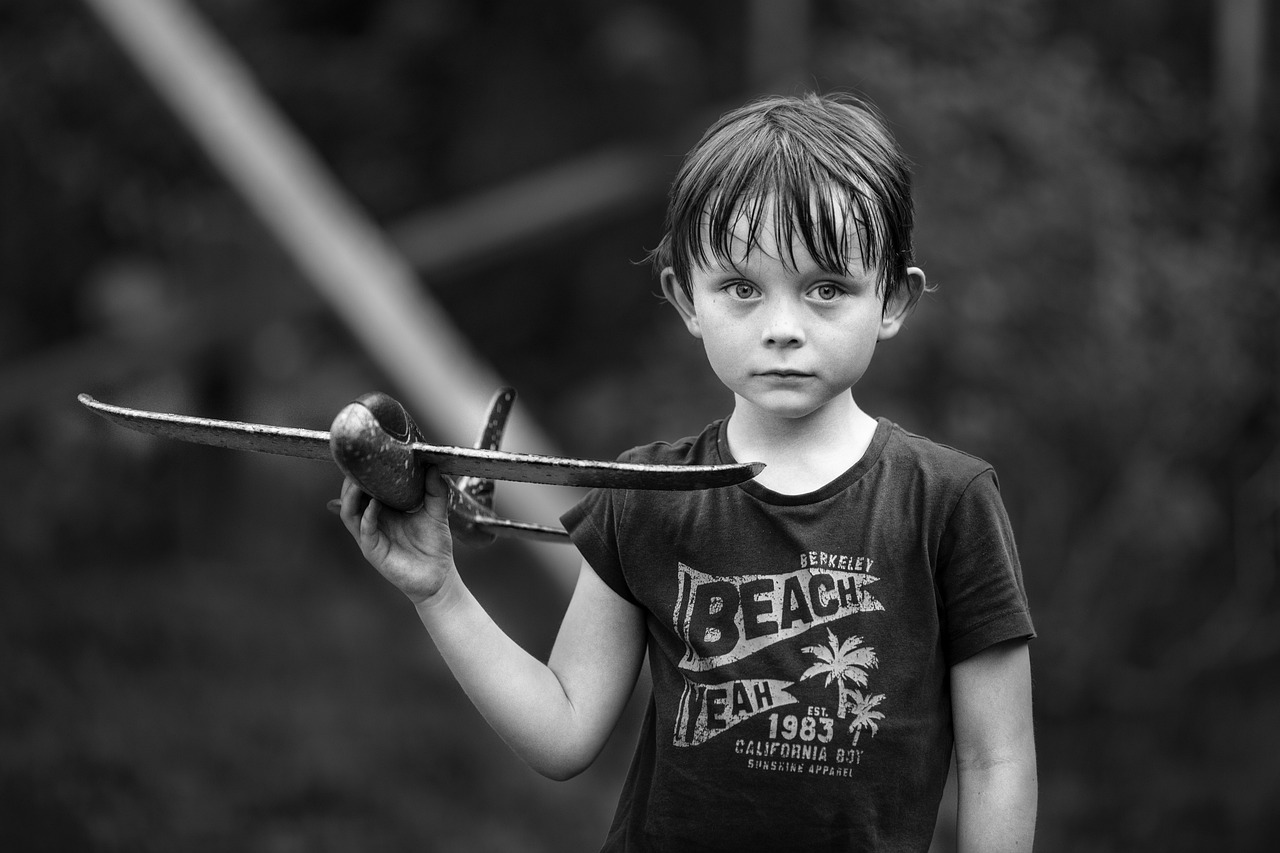
Exploring STEM Concepts
When it comes to exploring STEM concepts with children, the possibilities are endless. STEM, which stands for Science, Technology, Engineering, and Mathematics, encompasses a wide range of disciplines that can be introduced through engaging experiments and activities. By incorporating hands-on experiments into a DIY science kit, children can delve into the fascinating world of STEM and discover the wonders of chemistry, physics, biology, and more.
One way to explore STEM concepts is by conducting simple experiments that demonstrate fundamental scientific principles. For example, introducing children to the concept of density by creating a homemade lava lamp using oil, water, and food coloring can spark their curiosity and understanding of how different substances interact. By visually observing the separation of liquids based on density, children can grasp scientific concepts in a fun and interactive way.
Furthermore, exploring STEM concepts through hands-on experiments allows children to develop critical thinking skills and problem-solving abilities. By encouraging them to hypothesize, experiment, and analyze results, children can engage in the scientific method firsthand and learn to approach challenges with a logical and systematic mindset. This process of inquiry-based learning not only fosters a deeper understanding of STEM concepts but also cultivates a sense of curiosity and exploration.
Another exciting way to delve into STEM concepts is by incorporating technology and engineering into science experiments. For instance, building a simple circuit using batteries, wires, and light bulbs can introduce children to basic electrical concepts and circuits. By allowing them to explore how electricity flows and circuits function, children can gain hands-on experience with engineering principles and technological applications.
Moreover, exploring STEM concepts through hands-on experiments can inspire children to pursue future careers in science and technology. By igniting a passion for STEM at an early age, children can develop a strong foundation of knowledge and skills that may lead to future opportunities in STEM-related fields. Encouraging children to explore, experiment, and innovate fosters a love for learning and discovery that can shape their academic and professional paths.
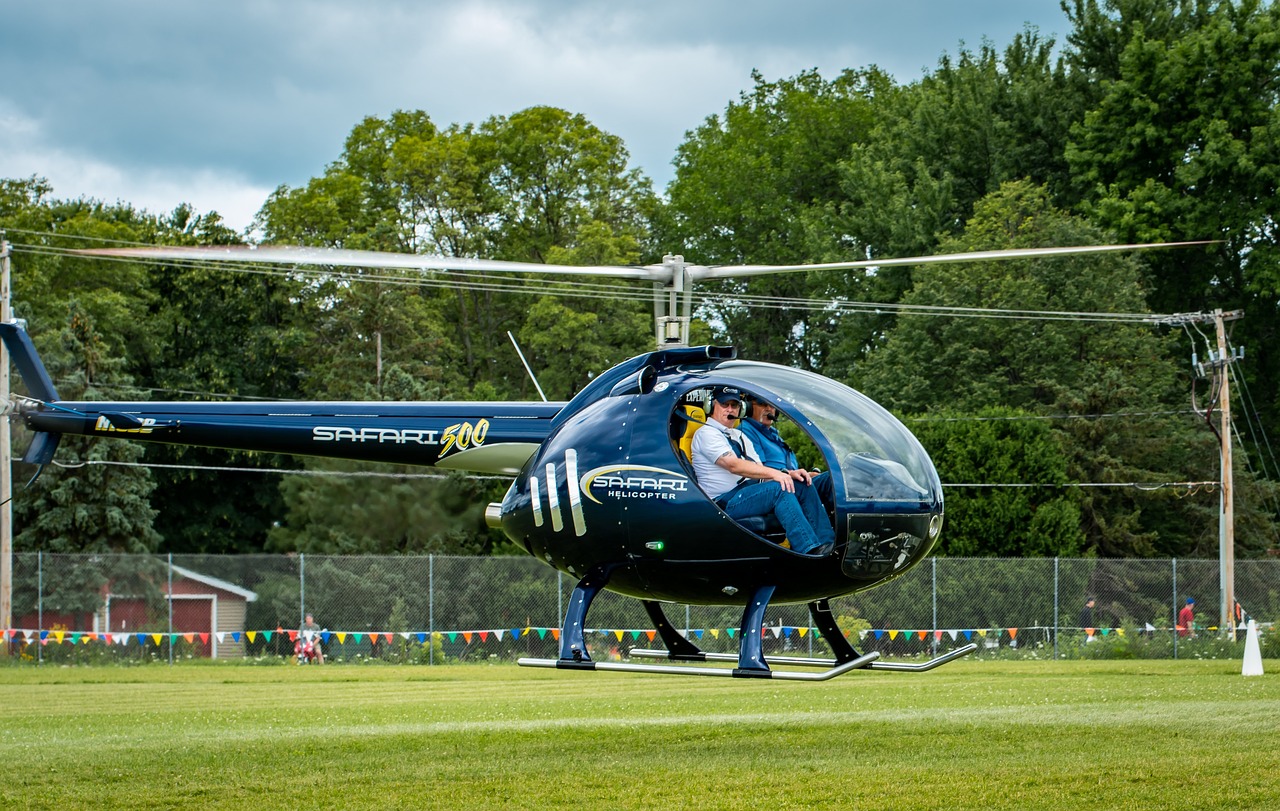
Customizing the Kit
Customizing the science experiment kit is a fantastic way to add a personal touch and make the learning experience even more enjoyable for the child. By incorporating fun elements like stickers, colorful labels, or even a special notebook for recording observations, you can create a unique kit that reflects the child's personality and interests. Imagine the excitement on their face when they see a kit customized just for them, sparking their curiosity and eagerness to dive into the world of science.
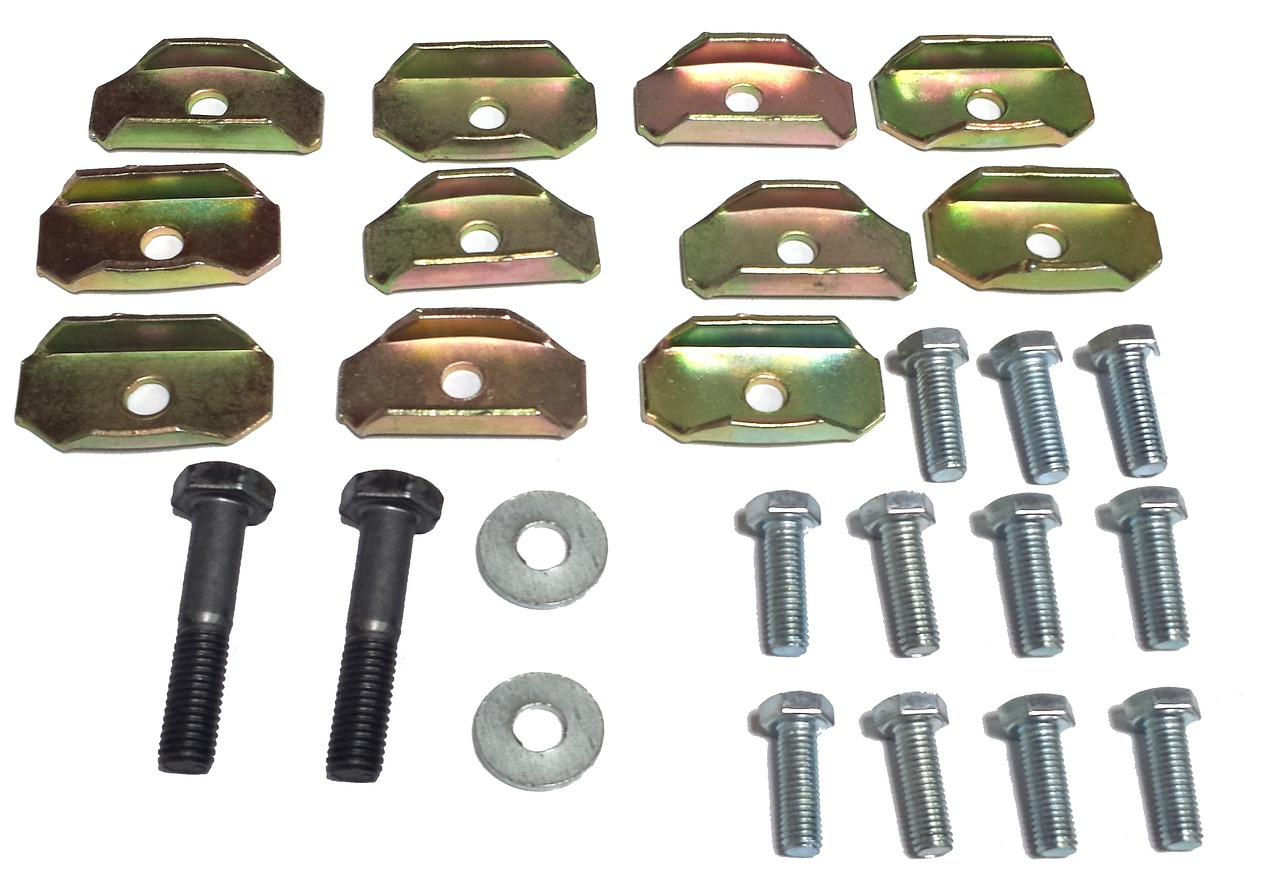
Sharing the Joy of Science
Sharing the joy of science with children is a rewarding experience that not only fosters a love for learning but also creates lasting memories. By engaging in science experiments together, you can spark curiosity and excitement in the child's mind, opening up a world of exploration and discovery. Imagine the look of wonder on their faces as they witness a chemical reaction or observe the behavior of magnets. It's like watching a firework display of curiosity and amazement lighting up their eyes.
As you embark on this scientific journey with your child, you are not just teaching them about the principles of science but also instilling in them a sense of wonder and curiosity about the world around them. It's like being a tour guide in the vast universe of knowledge, showing them the wonders of nature and the beauty of scientific phenomena.
To enhance the joy of science sharing, you can create a special bonding experience by conducting experiments together. It's a chance to connect on a deeper level, to laugh at unexpected results, and to marvel at the mysteries of the universe. It's like embarking on a thrilling adventure together, with science as your guide and curiosity as your compass.
Through shared scientific exploration, you not only nurture a passion for learning in the child but also create cherished memories that will last a lifetime. It's like planting a seed of curiosity that will continue to grow and flourish, shaping their perspective on the world and igniting a lifelong love for science.
Frequently Asked Questions
- Can I customize the science experiment kit based on my child's interests?
Absolutely! Personalizing the kit with experiments that align with your child's interests can make the learning experience more engaging and enjoyable.
- Are the materials for the DIY kit easy to find?
Most of the supplies needed for the science experiment kit can be easily found at local stores or online retailers. You can also get creative and substitute items with common household materials.
- How can I ensure the experiments are safe for my child?
Prioritize safety by carefully supervising your child during experiments, using age-appropriate materials, and following all safety guidelines provided with the experiment instructions.
- What age group is this science kit suitable for?
The DIY science experiment kit can be tailored for various age groups, from young children to teenagers. Just adjust the complexity of the experiments and the level of supervision based on your child's age.






